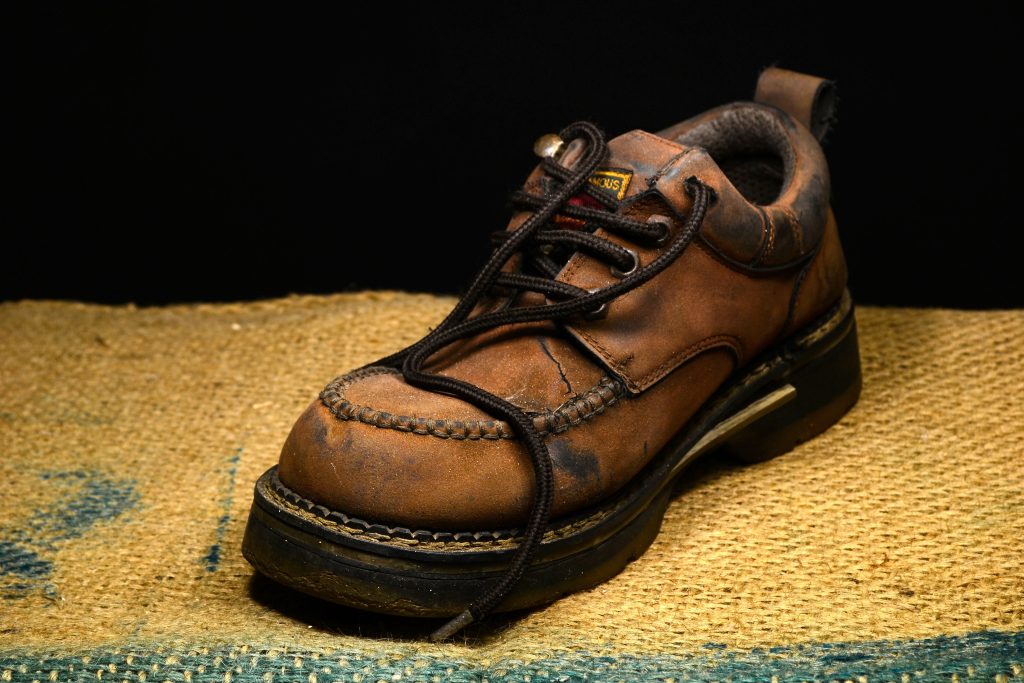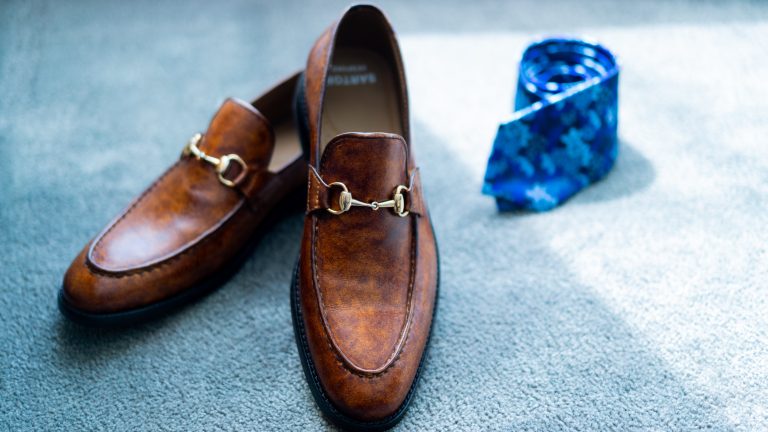What is the Difference Between Safety Shoes and Boots? Are Safety Shoes Better Than Boots?
What is the Difference Between Safety Shoes and Boots? In workplaces where safety is paramount, choosing the right footwear can be a matter of life and death. Safety shoes and safety boots are both designed to protect the feet from various hazards, but they serve different purposes and offer distinct advantages. Let’s delve into the world of safety footwear to understand the nuances and help you make an informed decision.

Understanding Safety Shoes
Safety shoes are specialized footwear designed to safeguard the feet in hazardous environments. They come with reinforced toes and soles to protect against impacts, punctures, and electrical hazards. These shoes are available in a variety of styles, catering to different workplace requirements. The benefits of safety shoes are manifold. They provide essential protection, ensuring that the wearer can focus on their tasks without compromising safety. Comfort and support are key features of safety shoes, making them suitable for long hours of wear, thereby enhancing productivity.
Exploring Safety Boots
Safety boots, on the other hand, offer comprehensive protection by covering not just the toes but also the ankles. With sturdy construction and additional ankle support, safety boots are ideal for jobs that involve heavy machinery and potential ankle injuries. The extended coverage provided by boots ensures that the wearer is shielded from various workplace hazards. Moreover, their durability and longevity make them a cost-effective choice in the long run.
Comparing Safety Shoes and Boots
What is the Difference Between Safety Shoes and Boots?
When choosing between safety shoes and boots, several factors come into play. Safety features, comfort, mobility, and workplace suitability are crucial considerations. While safety shoes offer flexibility and are suitable for a wide range of environments, safety boots provide superior ankle support, making them ideal for jobs that involve uneven terrain or heavy equipment operation. The decision ultimately depends on the specific hazards present in the workplace and the wearer’s comfort preferences.
Choosing the Right Footwear
To select the appropriate safety footwear, it’s essential to assess workplace hazards comprehensively. Understanding job requirements and consulting with safety experts can provide valuable insights. One common misconception is that safety footwear is uncomfortable. However, advancements in design and materials have made modern safety shoes and boots not only protective but also comfortable for prolonged use.
Real-Life Stories
Real-life testimonials from workers highlight the importance of wearing the right safety footwear. Numerous success stories underscore how proper safety footwear implementation has prevented injuries and saved lives. These accounts serve as a testament to the significance of investing in high-quality safety shoes or boots.
Safety Footwear Maintenance
Maintaining safety footwear is as crucial as choosing the right pair. Regular cleaning and inspection ensure that the footwear remains effective in protecting against hazards. Additionally, knowing when to replace worn-out footwear is vital to sustaining optimal safety levels.
Conclusion
In conclusion, the choice between safety shoes and boots depends on the specific needs of the workplace and the tasks at hand. Both options offer unique benefits, and selecting the right footwear can significantly enhance safety standards. By understanding the differences and debunking common myths, individuals can make well-informed decisions, prioritizing both safety and comfort.
FAQs:
- Q: Can safety shoes be as protective as safety boots? A: Yes, safety shoes with reinforced toes and soles can offer comparable protection to safety boots, depending on the workplace hazards.
- Q: Are safety boots suitable for all types of jobs? A: Safety boots are ideal for jobs involving heavy machinery, uneven terrain, and potential ankle injuries. However, for less hazardous environments, safety shoes might suffice.
- Q: How often should safety footwear be inspected? A: Safety footwear should be inspected regularly, ideally on a weekly basis, to ensure there are no visible signs of wear or damage that could compromise protection.
- Q: Can safety footwear be customized for specific job requirements? A: Yes, many manufacturers offer customization options for safety footwear, allowing employers to tailor the footwear to the specific needs of their workers.
- Q: What is the importance of compliance with safety regulations regarding footwear? A: Compliance with safety regulations ensures that the footwear meets industry standards, providing reliable protection against workplace hazards.




Leave a comment